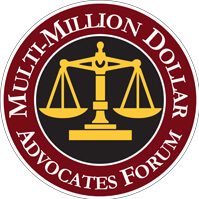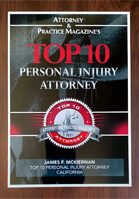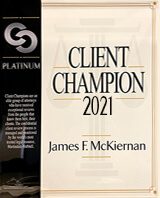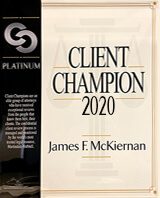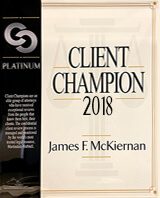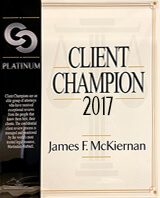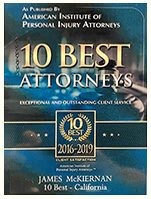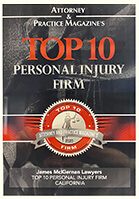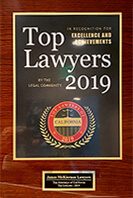Determining Fault in a Rear-End Collision in California

Rear-end collisions are common accidents in California. Most people assume that these crashes are always caused by the driver in the back and not the one in front. However, this presumption does not always hold in California. Our San Luis Obispo auto accident lawyers discuss what you need to know if you are involved in a California rear-end collision.
Filing an Auto Accident Claim After a Rear-End Collision
Property damage and personal injuries are common in any type of vehicle accident. If you have been in a rear-end collision, you may want to file a claim to recover compensation for your losses. This compensation may cover repairs to your damaged vehicle as well as your medical bills.
In order to receive compensation of this sort, your claim must prove that the other driver was at fault. To do this, you must show that the other driver’s negligence caused the accident. Further, you must show that the accident caused the damages you seek compensation for. Our San Luis Obispo Auto Accident Lawyers can help you collect the evidence you need to prove your auto accident claim.
Can the Driver in Front Be at Fault for a Rear-End Collision?
It is frequently the case that rear-end collisions happen because the rear vehicle failed to stop in time to prevent the accident. In this situation, the rear driver’s negligence caused their failure to stop. This negligence can include:
- Texting and driving
- Distracted driving
- Speeding
- Failing to yield the right of way
- Driving too closely to the vehicle in front of them
- Losing control of their vehicle
In some situations, however, the driver in front may share the blame in causing a rear-end collision. In this situation, it is possible that the driver in front was negligent in the following ways:
- They were driving with broken brake lights or taillights
- They were driving recklessly
- Their vehicle broke down with no warning
- They were driving under the influence
- They suddenly threw their vehicle in reverse
Additionally, the rear driver may not be entirely to blame for a rear-end collision if there is a multiple car pile-up.
How Comparative Negligence in California May Affect Your Auto Accident Claim
Usually, rear-end collisions occur because the rear driver was negligent. However, as outlined above, there are some situations in which the rear driver is not totally to blame. So, what does shared responsibility mean for your auto accident claim?
The State of California recognizes that both or multiple drivers may be partially to blame for an accident. California’s Comparative Negligence Law allows for a partially at-fault driver to recover some damages. However, the court would reduce their compensation according to the percentage of assigned fault. For example, if you were 20 percent responsible for a rear-end collision in California, then the state will reduce your compensation by 20 percent.
If your claim goes to court, the legal system will apply California’s comparative negligence laws to your case. However, even before a claim becomes a lawsuit, these laws already apply. This is because the insurance adjuster will consider the fault of both parties when assessing what a case is worth. For this reason, it is helpful to have an experienced attorney on your side at all stages of your auto accident claim.
Need Legal Help After a Collision? Contact Our San Luis Obispo Auto Accident Lawyers
Personal injuries and property damages are common, expensive outcomes of a collision. Fortunately, a strong auto accident case can provide you with the compensation you need to handle these issues. If you were in a rear-end collision, contact one of our attorneys to find out how best to handle your case. We offer free consultations 24/7 so call us at 800-200-HURT to schedule an appointment today..












